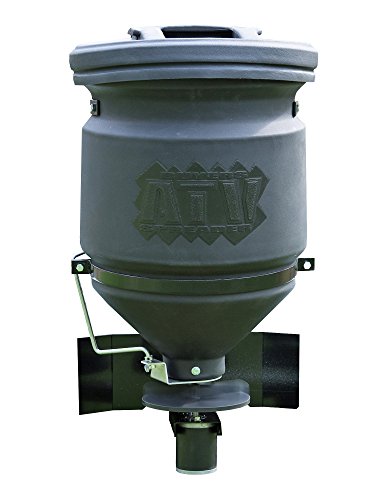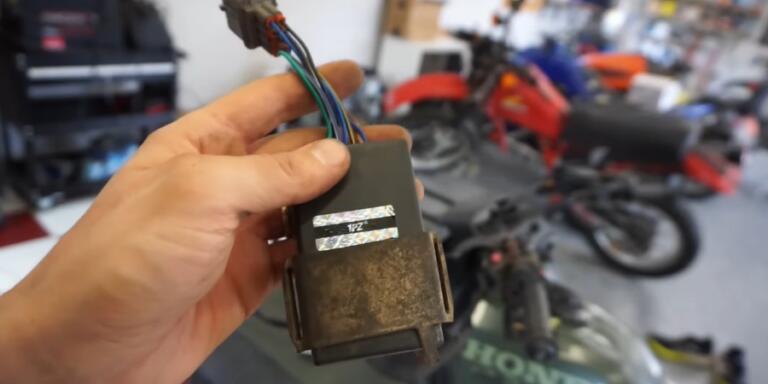How to Make an ATV Street Legal
Are you a passionate ATV rider who is looking to take your ride to the streets?
Maybe you want to ride your ATV to work or the grocery store, or perhaps you want to explore new terrains that are only accessible via paved roads.
Whatever your reasons are, making your ATV street legal is a great idea.
But what exactly does it mean to make your ATV street legal, and how can you do it? In this article, we’ll answer these questions and more.
What does it mean to make an ATV street legal?
Before we dive into the details of making an ATV street legal, let’s first define what this term means.
Street legal simply means that your ATV meets the legal requirements to be driven on public roads.
In other words, your ATV must be equipped with certain features and accessories that are necessary for it to be deemed safe and roadworthy.
The exact requirements for making an ATV street legal may vary depending on your location.
However, some common requirements include headlights, taillights, turn signals, mirrors, a horn, and proper tires. You may also need to obtain a license plate, register your ATV, and purchase insurance.

Step-by-Step Guide to Making Your ATV Street Legal
Now that you understand the basics of making an ATV street legal let’s get into the nitty-gritty details. Here is a step-by-step guide to help you make your ATV roadworthy.
Step 1: Research your local laws and regulations
The first step in making your ATV street legal is to research the laws and regulations in your area. Some states have strict laws that require a wide range of equipment and accessories.
On the other hand, some states are more lenient and may only require a few basic items.
Contact your local DMV or motor vehicle agency to find out the exact requirements for your area. You can also check the DMV website to find out the requirements for your state.
Step 2: Install the necessary equipment
Once you know the requirements for making your ATV street-legal, it’s time to install the necessary equipment. Here are some of the items you may need:
- Headlights and taillights: These are essential for driving at night and in low-light conditions.
- Turn signals: These are required for changing lanes or making turns.
- Mirrors: These allow you to see behind you and help you navigate traffic.
- Horn: A horn is required to alert other drivers of your presence.
- Tires: Your ATV tires must be designed for road use and have a minimum tread depth of 1/16 inch.
In addition to these items, you may also need to install a speedometer, a muffler, and a brake light switch. Check with your local DMV or motor vehicle agency to find out the specific requirements for your area.
Step 3: Register your ATV
Once you’ve installed all the necessary equipment, you’ll need to register your ATV with the DMV.
This involves filling out a registration form and paying a fee. You’ll also need to provide proof of ownership, such as a bill of sale or title.
Step 4: Get a license plate
After you’ve registered your ATV, you’ll need to obtain a license plate. The DMV will provide you with a plate and registration stickers that you’ll need to affix to your ATV.
Step 5: Purchase insurance
Before you can legally drive your ATV on public roads, you’ll need to purchase insurance. ATV insurance is similar to auto insurance and will provide coverage for liability, collision, and comprehensive damage.

Tips for Making Your ATV Street Legal
Making your ATV street legal can be a complex process, but it doesn’t have to be overwhelming. Here are some tips to help you make the process smoother and more straightforward:
Here are some more tips to help you make your ATV street legal:
Choose the right tires
As mentioned earlier, your ATV tires must be designed for road use and have a minimum tread depth of 1/16 inch.
Make sure you choose the right tires that meet these requirements and are appropriate for your riding style.
Install the equipment correctly
It’s essential to install the necessary equipment correctly to ensure that your ATV is safe and roadworthy.
If you’re not confident in your ability to install the equipment yourself, consider taking your ATV to a professional mechanic or shop.
Take a safety course
Riding an ATV on the street can be very different from riding off-road. It’s crucial to understand the rules of the road and practice safe riding habits.
Consider taking a safety course to learn more about riding on the street and how to ride safely.
Practice safe riding habits
Once you’ve made your ATV street legal, it’s essential to practice safe riding habits. Always wear a helmet and other protective gear, obey traffic laws, and be aware of your surroundings.
Keep your ATV maintained
Regular maintenance is crucial to keeping your ATV roadworthy.
Make sure you perform regular maintenance tasks such as oil changes, tire rotations, and brake inspections. This will not only keep your ATV safe but will also prolong its life.
Final thoughts
Making your ATV street legal can be a complex process, but it’s worth it if you want to enjoy the freedom of riding on public roads.
By following the steps outlined in this article, you can ensure that your ATV meets the legal requirements and is safe and roadworthy.
Remember to research your local laws and regulations, install the necessary equipment correctly, register your ATV, get a license plate, purchase insurance, and practice safe riding habits.
By doing so, you can enjoy the thrill of riding your ATV on the street while staying safe and legal.






